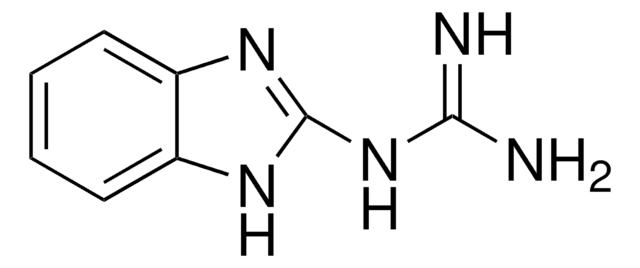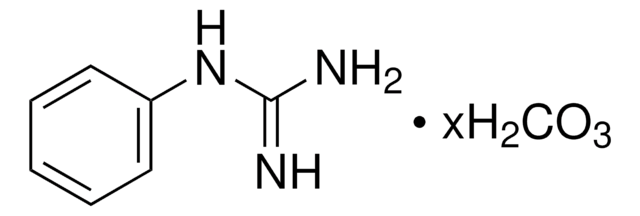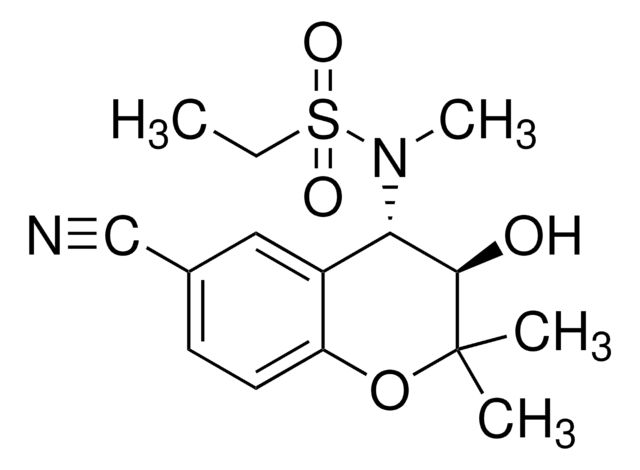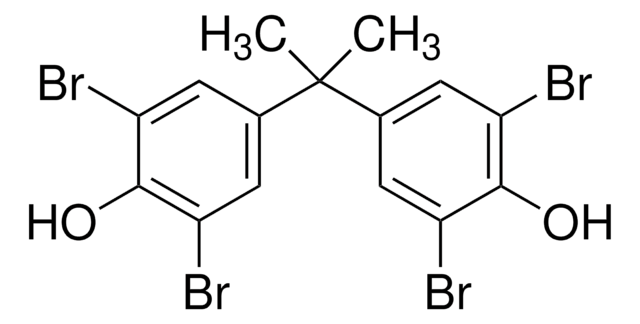Kluczowe dokumenty
164216
1-Phenylbiguanide
98%
Synonim(y):
1-(Diaminomethylidene)-2-phenylguanidine, 1-Carbamimidamido-N-phenylmethanimidamide, N-Phenyl-N′-guanylguanidine, N-Phenylbiguanide, N-Phenylimidodicarbonimidic diamide, N1-Phenylbiguanide, PBG
About This Item
Polecane produkty
Poziom jakości
Próba
98%
Formularz
solid
mp
135-142 °C (lit.)
rozpuszczalność
alcohol: freely soluble
water: freely soluble
grupa funkcyjna
amine
ciąg SMILES
NC(=N)\N=C(/N)Nc1ccccc1
InChI
1S/C8H11N5/c9-7(10)13-8(11)12-6-4-2-1-3-5-6/h1-5H,(H6,9,10,11,12,13)
Klucz InChI
CUQCMXFWIMOWRP-UHFFFAOYSA-N
informacje o genach
mouse ... Htr3a(15561)
Opis ogólny
Zastosowanie
- 4-chloro-2,5-dihydro-2,5-dioxonaphtho[1,2-d]imidazole-3-carboxylic acid phenyl amide
- 6-chloro-8-phenylamino-9H-7,9,11-triaza-cyclohepta[a]naphthalene-5,10-dione
- 4-dimethylamino-5,10-dioxo-2-phenylimino-5,10-dihydro-2H-benzo[g]quinazoline-1-carboxylic acid amide
Kod klasy składowania
11 - Combustible Solids
Klasa zagrożenia wodnego (WGK)
WGK 3
Temperatura zapłonu (°F)
Not applicable
Temperatura zapłonu (°C)
Not applicable
Środki ochrony indywidualnej
Eyeshields, Gloves, type N95 (US)
Wybierz jedną z najnowszych wersji:
Masz już ten produkt?
Dokumenty związane z niedawno zakupionymi produktami zostały zamieszczone w Bibliotece dokumentów.
Nasz zespół naukowców ma doświadczenie we wszystkich obszarach badań, w tym w naukach przyrodniczych, materiałoznawstwie, syntezie chemicznej, chromatografii, analityce i wielu innych dziedzinach.
Skontaktuj się z zespołem ds. pomocy technicznej








